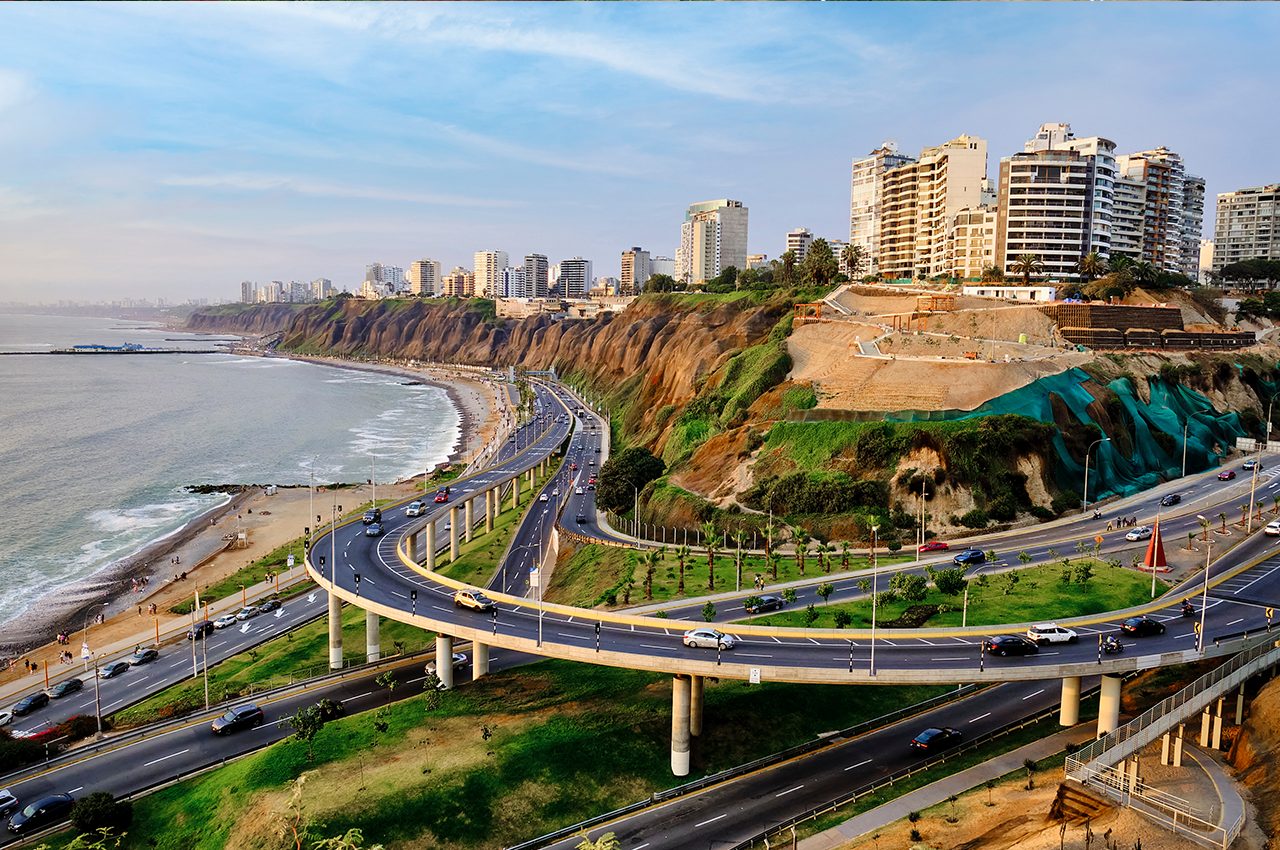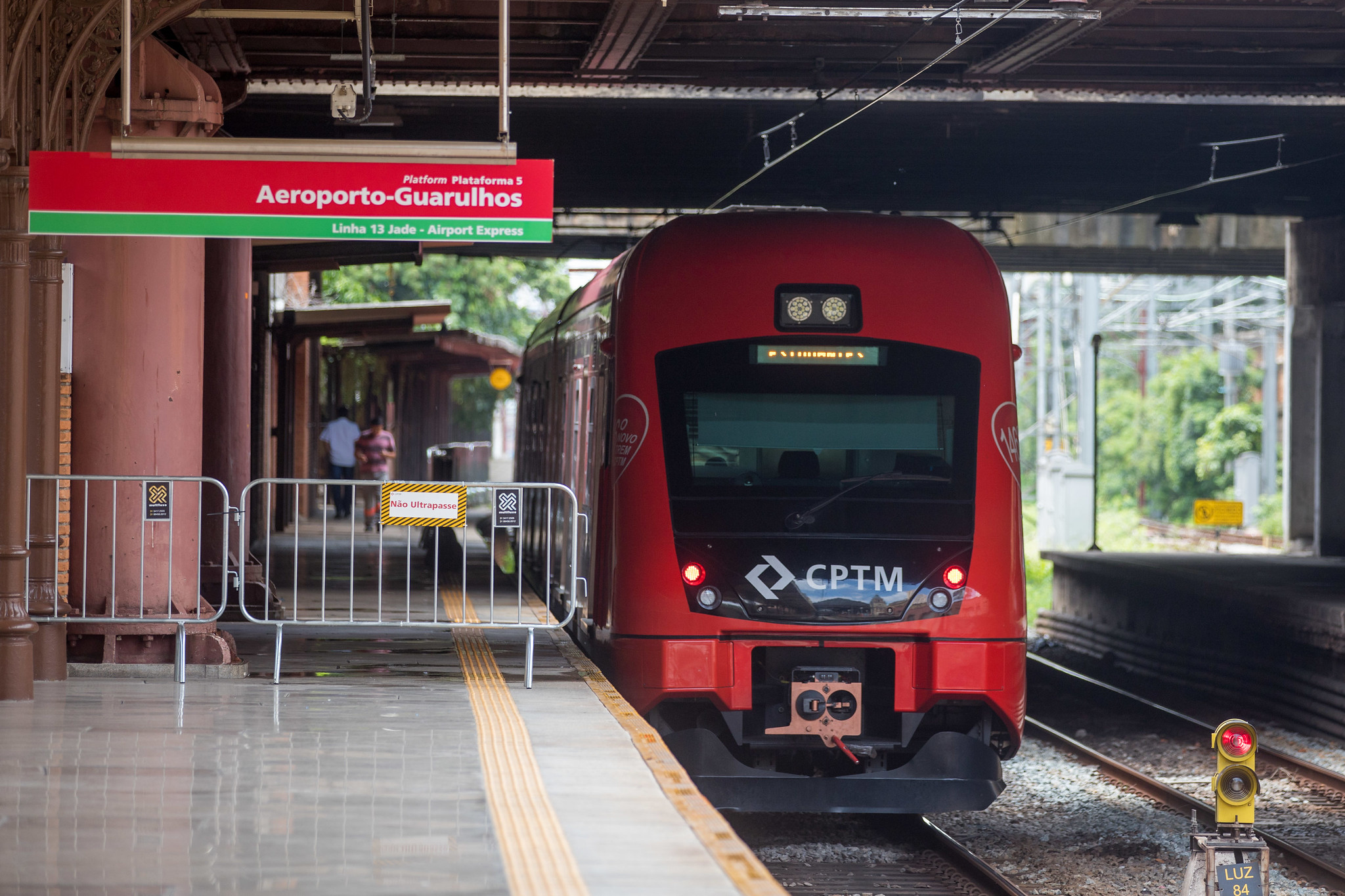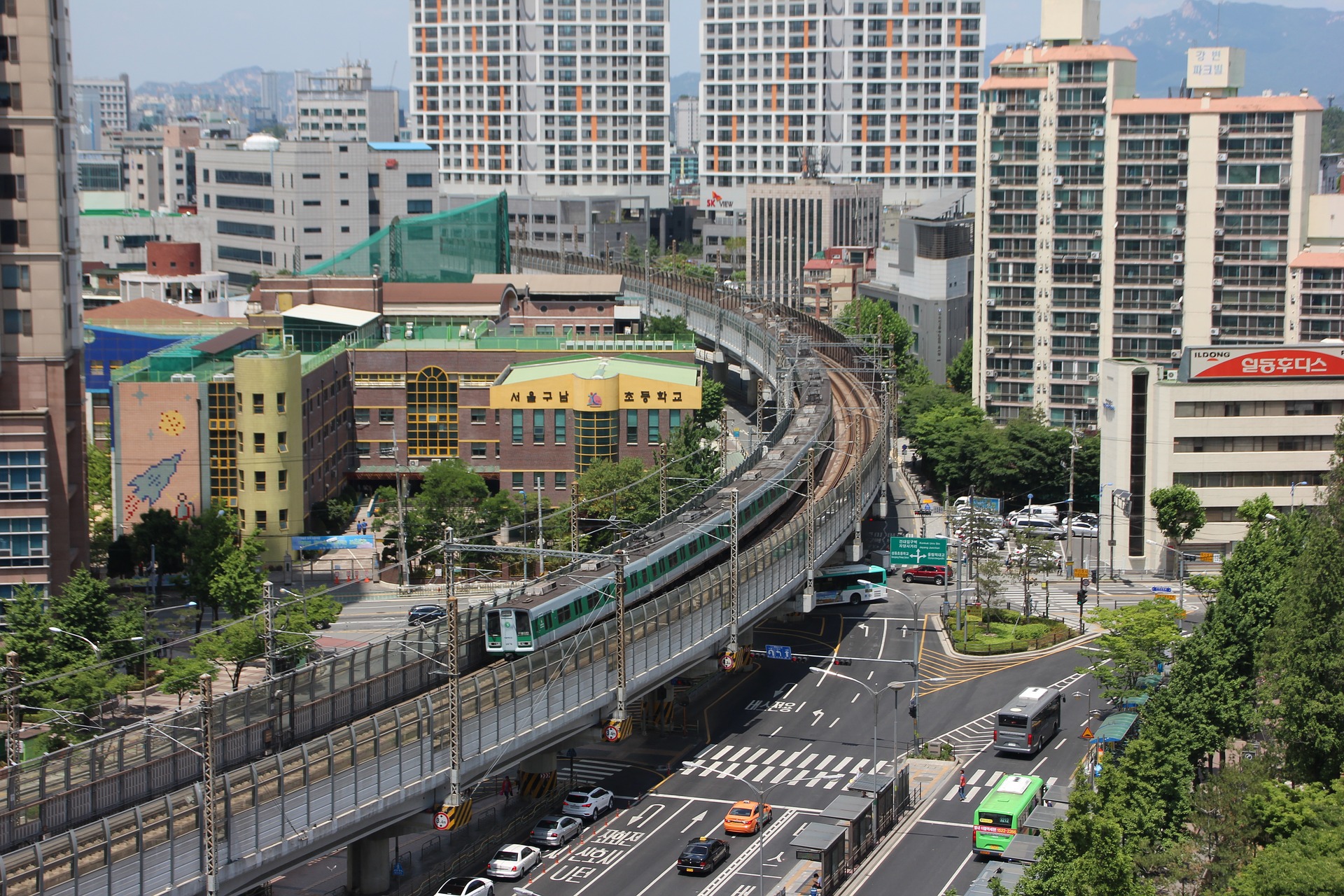928 results found
Featured results



More results
The modernization of the Roca Railway has as main objective the renovation and electrification of the passenger service line Branch Constitution - La Plata, which has an extension of 52 km and moves 44 million people by year.
The Piracicaba-Panorama concession in Sao Paulo is one of the largest road concessions in Brazil, spanning a network of highways that covers 1,200km of distance
Coastline traffic in the State of São Paulo, Brazil, has overwhelmed road capacity. Three highway concession contracts were introduced, using a demand risk sharing mechanism and dynamic user fee model to attract private sector participation.
Mexico grew its wind energy installed capacity to c. 2000MW, generating USD 12B in investments and spillover effects on the local value chain
The Mexican government sought to increase its wind energy production and reduce its reliance on fossil fuels. The Mexican government set a goal of reducing the country's greenhouse gas emissions by 50% by 2020
Pacífico Tres was created in 2014 to facilitate the construction of a c. 150km highway linking three of Colombia's most commercially important regions
The use of innovation mechanisms to enable investors to hedge their currency risk can attract capital to markets
The São Paulo government sought to expand the a 720km NE-SW road across the state of São Paolo, which had one of the highest traffic volumes in the country
Following a 1997 study, the Government of Chile sought to improve the country's main North- South axis between the cities of Santiago and Talca
The Peruvian government had an ambitious plan to rejuvenate 955km of roads connecting the fluvial port of Yurimaguas with the Pacific port of Paita
The Brazilian government sought to diversify its energy mix and planned to add c. 10GW of power from renewable sources to its national grid by 2018
This new technology is particularly relevant for boilers, air conditioning, solar power, and lighting infrastructure.
Small- and medium-sized enterprises (SMEs) may benefit greatly from the energy cost savings that result from the installation of new, more efficient technology.
Colombia’s 4G infrastructure program calls for increased public-private partnerships.
It is estimated that Columbia requires USD139 billion invested into its road system to meet infrastructure needs by 2035.
Pre-COVID-19, two Sao Paulo metro lines carried 1 million passengers daily. A demand sharing mechanism encouraged private sector investment in the concession contract.
The Monterrey-Nuevo Laredo highway is an important transit route for trucks and cars in Mexico’s north-east that are looking to enter the United States through Texas
In Guanajuato, Mexico agriculture accounts for about 84% of water rights. Significant growth in agricultural production and use of groundwater wells have led to a 2 metre annual decrease in groundwater levels. Improving agricultural irrigation practices has the potential to address agricultural water inefficiencies for water-stressed regions like Guanajuato. MWS is a collaborative approach to improve economic outcomes for farmers, create resilient supply chains, and increase water efficiency by using ‘pay for performance’ to accelerate sustainable agriculture practices in water-stressed regions.
Due to decreasing aquifer water level (280 million m3 per year), Veolia Water Technologies (Veolia) partnered with The Nature Conservancy (TNC) and local municipality to propose the establishment of a water fund to finance changes to local water-catchment and uses. As a result, Livelihoods Funds created a project to support vulnerable farmers in Aguascalientes to invest in drip irrigation equipment to enhance farm resilience. Changing to a drip irrigation system showed a 50% - 70% decrease in water consumption by farmers. If the 5,000 local family farmers in the water catchment area adopted this system through the new fund, this results in approximately 65% reduction of the annual aquifer deficit.
The municipality of Porto Alegre, the capital and largest city in the southern Brazilian state of Rio Grande do Sul, was planning to build a new transit artery connecting 20 neighborhoods across the city, including dedicated lanes for the Bus Rapid Transit (BRT) service
Brazil has a policy named Urban Operations which is used to promote requalification of underdeveloped urban areas through PPPs
Despite abundant surface freshwater, only 84% of Brazil’s people have access to potable water, and only 50% have access to sewerage. Insufficient public funds and limited use of private capital have resulted in limited progress in improving access to water and sanitation. The Corsan Water Supply, Efficiency, and Resilience Project is leveraging private financing to address losses in water distribution and mitigate climate change risks.
The Itaipu Hydroelectric Dam (the Dam) is located on the Paraná River on the border between Brazil and Paraguay
Belo Horizonte faced a shortage of school buildings and only had the resources to meet approximately 35% of demand. A bundling public-private partnership (PPP) approach was used to finance, build, and equip new schools, with non-academic services operated under a PPP with a 20-year concession period.


















